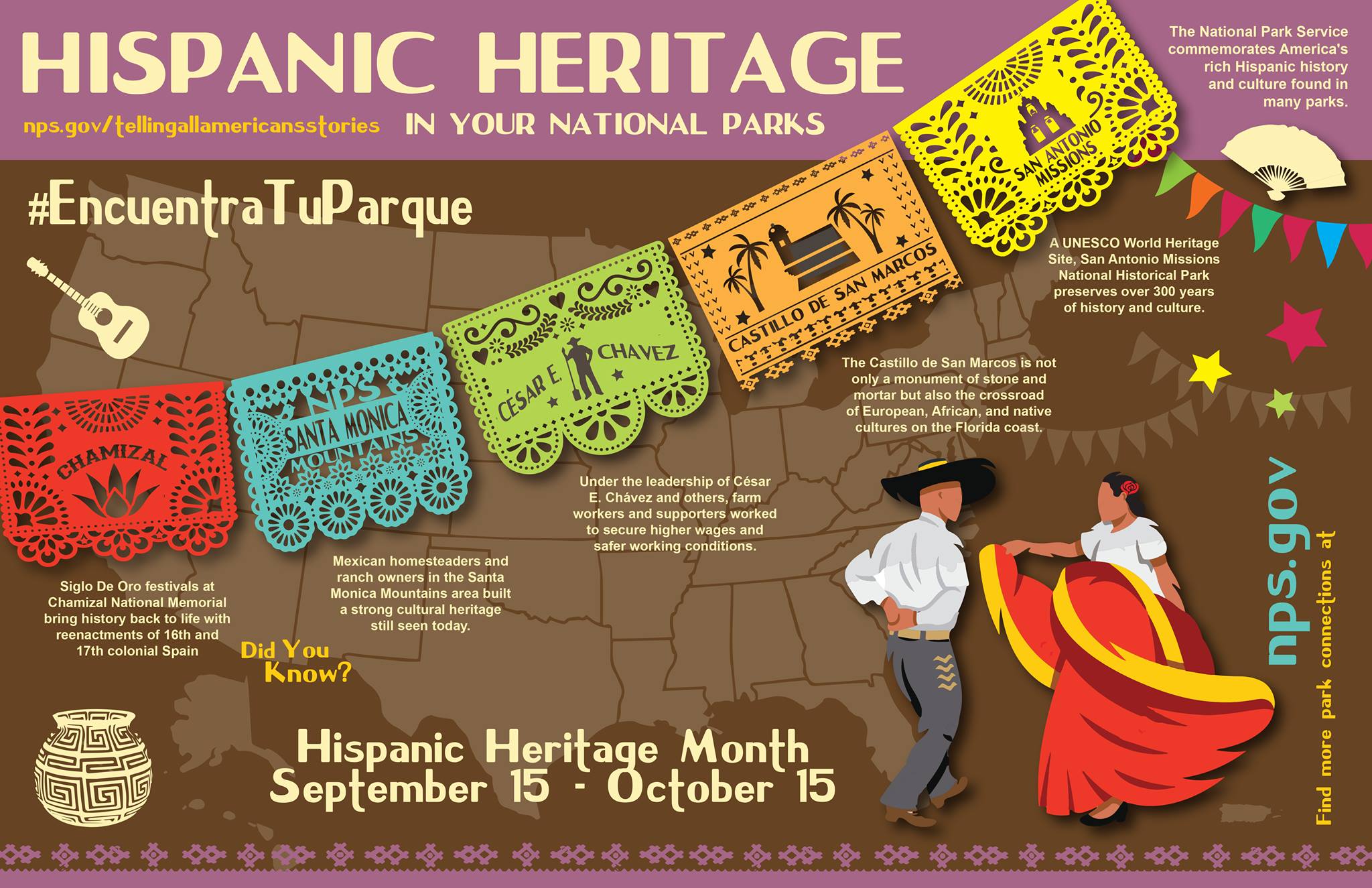Exploring the Vibrant Hispanic Heritage Colors: A Dive into Rich Cultural Significance
The Hispanic heritage is a treasure trove of diverse cultures, traditions, and vibrant colors that have shaped the rich tapestry of Latin American and Hispanic identities. This article aims to delve into the significance of Hispanic heritage colors, exploring their historical roots, cultural symbolism, and their enduring influence in various art forms, fashion, and design. By understanding the profound meanings behind these colors, we can gain a deeper appreciation for the beauty and diversity of the Hispanic heritage.
1. The Historical Roots of Hispanic Heritage Colors:

The Historical Roots of Hispanic Heritage Colors
The colors associated with Hispanic heritage are deeply rooted in history, influenced by indigenous cultures, colonialism, and subsequent periods of independence. These colors reflect the blending of pre-Columbian traditions with European influences, resulting in a unique palette that represents the essence of Hispanic identity. The following are some notable colors and their historical origins:
a. Indigo Blue: Indigo dye, derived from the native Indigofera plant, played a significant role in the textile industry of ancient Mesoamerican civilizations. The deep blue hue symbolized spirituality and was highly valued.
b. Terracotta Red: Derived from the natural red clay found abundantly in Latin America, terracotta red represents the ancestral connection to the land, evoking warmth and vitality.
c. Golden Yellow: Associated with the wealth of the Americas, golden yellow represents the abundance of natural resources and the radiant sun.
2. Cultural Symbolism of Hispanic Heritage Colors:

Cultural Symbolism of Hispanic Heritage Colors
Each Hispanic heritage color carries profound cultural symbolism, often reflecting local customs, beliefs, and historical events. Understanding their meanings helps us appreciate the intricate stories behind these colors. Here are some examples:
a. Passionate Red: Symbolizing love, courage, and vitality, red is frequently used in traditional Hispanic celebrations, such as festivals and weddings.
b. Spiritual White: White represents purity, spirituality, and new beginnings. It is commonly used in religious ceremonies and is associated with the Virgin Mary.
c. Energetic Orange: Vibrant and lively, orange signifies joy, celebration, and enthusiasm. It is often used during festive occasions and cultural performances.
d. Harmonious Green: Green symbolizes nature, fertility, and growth. It reflects the lush landscapes and agricultural heritage of Hispanic cultures.
3. Hispanic Heritage Colors in Art and Design:
The vibrant Hispanic heritage colors have left an indelible mark on various art forms, architecture, and design. Artists and designers incorporate these colors to evoke a sense of cultural identity and pay homage to their heritage. Here are some notable examples:
a. Mexican Muralism: The iconic murals by renowned Mexican artists such as Diego Rivera and David Alfaro Siqueiros prominently feature vivid colors like cobalt blue, fiery red, and vibrant greens, depicting historical events and celebrating the indigenous cultures of Mexico.
b. Textile Traditions: Hispanic heritage colors are intricately woven into textiles, showcasing the artistry and craftsmanship of various indigenous communities. Traditional garments, such as the vibrant serapes of Mexico or the intricately embroidered huipiles of Guatemala, exhibit a dazzling array of colors.
c. Architecture and Ceramic Art: The architecture of Latin America often showcases a vivid palette, with buildings adorned in vibrant hues. Ceramic art, such as Talavera from Puebla, Mexico, features a kaleidoscope of colors, bringing vibrancy to everyday objects.
The Hispanic heritage colors serve as a visual language, expressing the diversity, history, and cultural richness of Latin American and Hispanic communities. Understanding the origins and symbolism behind these colors allows us to appreciate their significance in various art forms, design, and daily life. As we celebrate Hispanic heritage, let us recognize and honor the enduring beauty and cultural significance of these vibrant colors, which continue to inspire and unite people around the world.